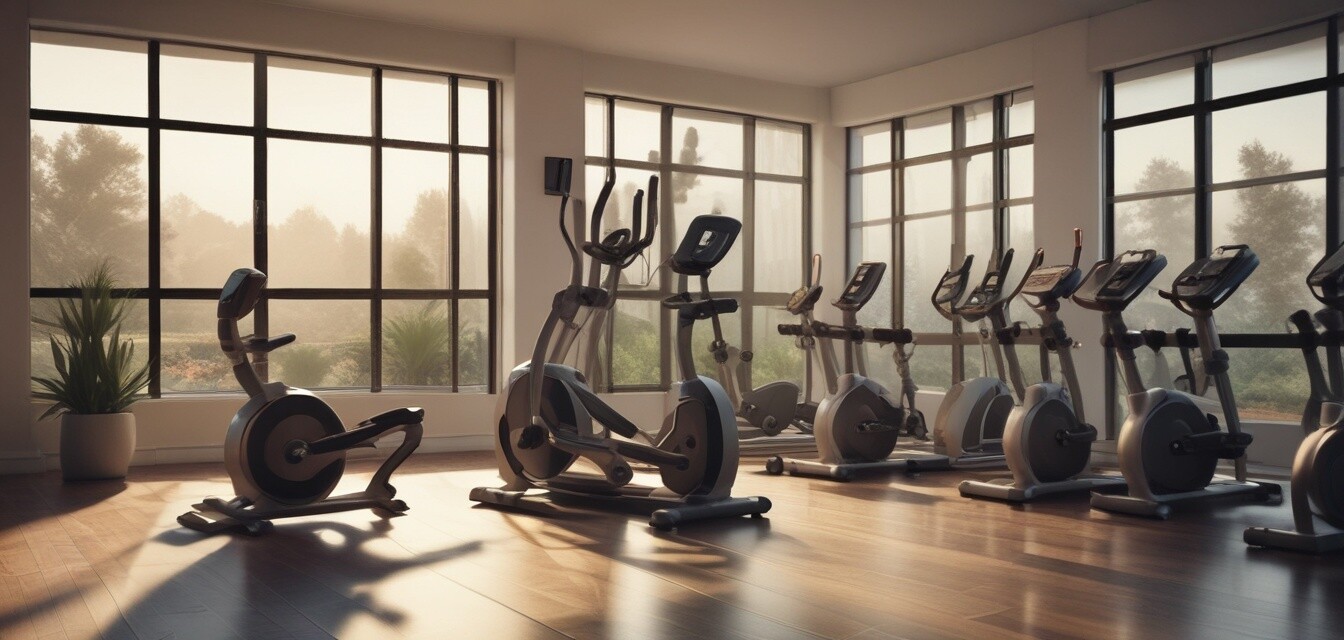
How to Set Up an Elliptical for Optimal Performance
- Ensure your elliptical is on a flat surface for stability.
- Adjust the stride length according to your height for comfort.
- Set the proper resistance levels to match your fitness goals.
- Position the handlebars correctly to support a natural arm movement.
- Regularly maintain your elliptical for longevity and performance.
Setting up your elliptical correctly is crucial to achieving your fitness goals efficiently. This step-by-step guide will provide you with the necessary actions to ensure your elliptical machine is performing at its best. Let’s dive in!
1. Find the Right Location
Start with selecting a proper space for your elliptical. It should be sufficiently ventilated and spacious enough to allow for safe use. Follow these tips:
- Choose a level surface to prevent wobbling during workouts.
- Ensure enough room to maneuver without obstructions.
- Consider proximity to a power outlet for any electronic features.
2. Assemble Your Elliptical
Follow the manufacturer's instructions provided in the assembly guide. Here’s a quick overview of the steps involved:
- Unpack all parts and lay them out for easy access.
- Use the provided tools and follow the guide to fit pieces together.
- Double-check for stability once assembled.
3. Adjust the Stride Length
Not all ellipticals come with adjustable stride lengths, but if yours does, set it according to your height. This modification can enhance your workout experience:
| Height | Recommended Stride Length |
|---|---|
| Under 5'3" | Short (16-18 inches) |
| 5'4" - 5'10" | Standard (18-20 inches) |
| Over 5'10" | Long (20-22 inches) |
4. Set Resistance Levels
Adjusting the resistance of your elliptical can make a significant difference in your workout intensity. Here’s how:
- Start with a low resistance to get comfortable with the machine.
- Gradually increase resistance as your fitness improves.
- Use pre-set programs (if available) tailored to different fitness levels.
5. Position Handlebars and Feet
Proper positioning is vital for an effective workout. For the handlebars:
- Adjust them to a height where you can maintain a balanced posture.
- Ensure your hands can comfortably grip them without straining.
For the feet:
- Your feet should rest flat on the pedals.
- Check that your knees aren’t going beyond your toes when pedaling.
6. Monitor Your Form
Good form is essential for optimizing performance. Here are some key points to consider:
- Keep your back straight to avoid strain.
- Engage your core while exercising.
- Avoid leaning heavily on the handlebars to get the most benefit from your workout.
7. Maintain Your Elliptical
Regular maintenance will ensure your elliptical remains in top condition:
- Check and tighten bolts and screws as necessary.
- Lubricate moving parts to reduce wear and tear.
- Clean the machine regularly to keep it free from dust and debris.
Pros
- Improves workout efficiency when set up correctly.
- Customizable features for individual preferences.
- Promotes proper body mechanics and posture during workouts.
Cons
- May require regular adjustments based on user experience.
- Improper setup can lead to discomfort or ineffective workouts.
Conclusion
Setting up your elliptical for optimal performance is not just about assembly; it’s about personalizing your machine to ensure the best possible workout. Follow this guide, and you’ll be well on your way to maximizing your elliptical experience. For additional tips on finding the best fit for your fitness regime, check out our Buying Guides section. Happy exercising!